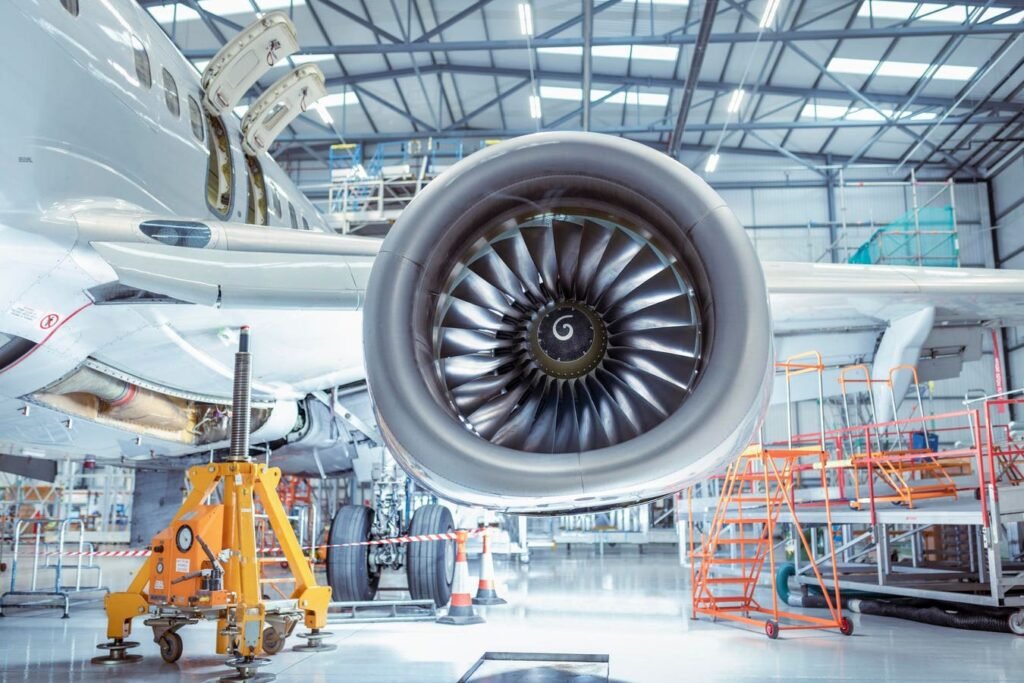Ali Baghchehsara is its founder plasmos.aero.
The aviation industry, a cornerstone of the global economy, facilitates connections between people and businesses on all continents. However, it faces a critical issue: the lack of skilled workers, ranging from technicians to the pilots.
An important way to address this challenge is for the airline industry to recognize the untapped potential of skilled migrants who can bring invaluable knowledge and experience to the sector.
However, the journey of migrant airline workers is fraught with challenges, some of which I have personally faced. In this article, I will explore the barriers they face and how their integration can bring mutual benefits to the industry and the wider economy.
Challenges facing the immigrant workforce
Skilled migrants have a variety of skills and expertise, often aligned with labor market requirements. Unfortunately, many times, these workers land low-skilled and low-paying jobs not related to their experience. This misalignment not only affects the financial stability of migrants, but also stifles the wider economy as valuable skills remain underutilized.
Drawing from my personal experience as an immigrant in the airline industry, the issues of cultural and social assimilation are large. Earlier in my career, I was also turned down from positions in the airline industry several times that were relevant to my experience because of my nationality.
A major concern for the airline industry, in particular, is that skilled migrant workers may face challenges in transferring the certifications and experience that demonstrate their qualifications. from one country to another. Pilots have also faced opposition from unionsaccording Reuters.
How companies can help immigrants navigate the industry
Navigating the challenges of society and entering the workforce requires a multifaceted approach. To overcome these barriers, the airline industry must provide key resources.
• Language Training: Tailored language programs can enable immigrants to overcome language barriers and enhance their career opportunities.
• Cultural Education: Offering cultural sensitivity training ensures a smoother integration process, fostering a workplace environment that values diversity.
• Certification: Industry-specific certifications can validate migrants’ qualifications, ensuring that their skills are recognized and put to good use.
Additionally, addressing labor shortages in the aviation industry requires targeted job training, networking opportunities and technology adoption.
For example, vocational training initiatives should be tailored to meet the unique needs of migrant workers. Technology can also play a big role here, especially large language models and other tools that can contribute to bridging the language gap for non-native speakers.
The role of government and industry
Realizing the full potential of skilled migrants in the aviation industry requires concerted efforts by government and industry stakeholders. For example, policies that facilitate the recognition of qualifications abroad are essential.
Industry leaders, for their part, must proactively cultivate an inclusive workplace that values diversity and leverages the unique skills that immigrants bring to the table. Beyond supporting these workers, workforce diversity is closely related to innovation and economic competitivenessmaking it a critical aspect of a thriving aviation industry.
conclusion
Embracing skilled immigrants in the aviation industry is not just a solution to labor shortages. it is a path to substantial financial benefits. A growing and productive workforce will enable the industry to meet the escalating demand for air travel and related services and can foster increased economic growth and job creation.
Forbes Technology Council is an invitation-only community for world-class CIOs, CTOs and technology executives. Am I eligible?
